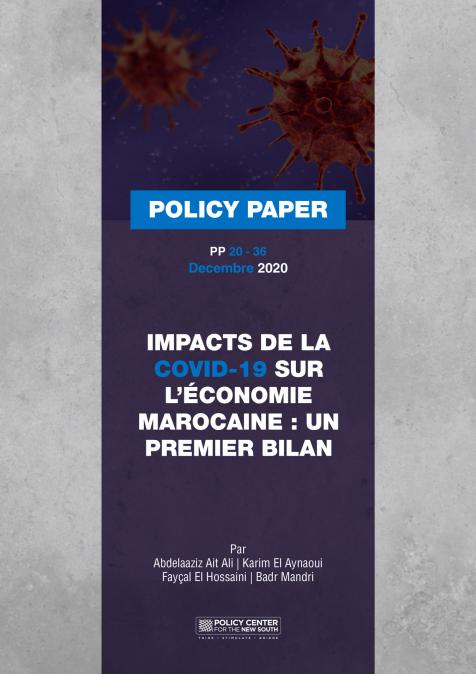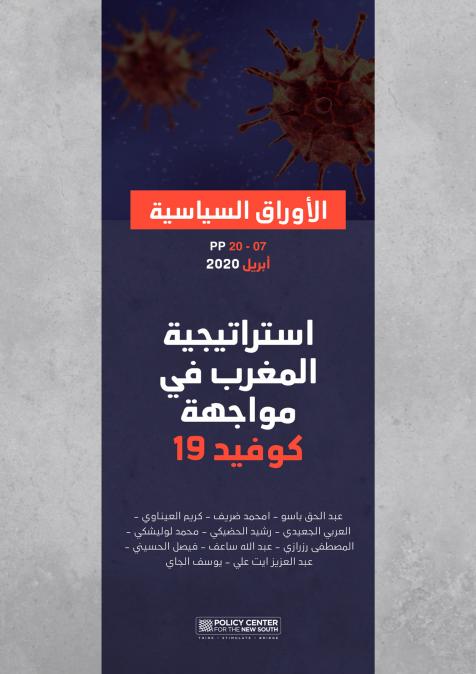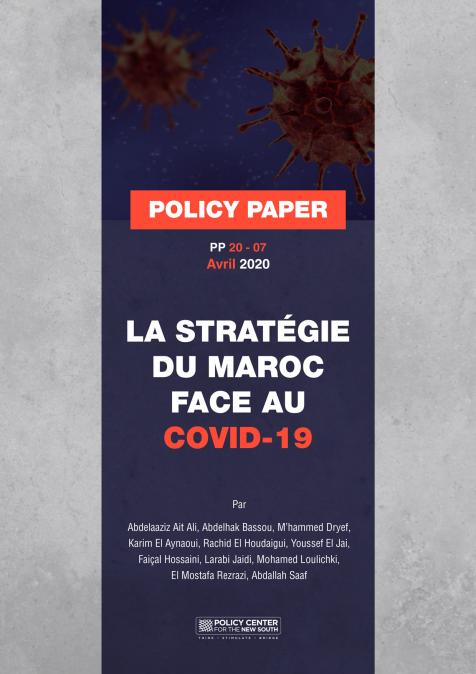Publications /
Paper in Academic Journals
This Paper was originally published on bera-journals.onlinelibrary.wiley.com
As a specific driver for the transformation of education systems in Morocco, inclusive education is a process that aims to reduce the exclusion of children with disabilities. Indeed, few studies have analysed the exclusion factors that cause children with disabilities not to pursue their education. Based on this, the present paper explores the spatial effect of factors related to accessibility and school supply. The database is from the latest national survey of the 2014 General Census of Population and Housing for the 75 provinces of Morocco. The designated age group is children aged 10–14 years. Exploratory spatial analysis has allowed us to map the hotspots of school dropout risk. The results of the spatial heterogeneity show a deficit in the distribution of accessibilities and the supply of paramedical services. From economic policy, we emphasise the need for spatial equity in the geographic distribution of inclusive education provision. The equitable distribution of psychological conditions for school retention is a straightforward factor in the success of the inclusive education model in Morocco.








